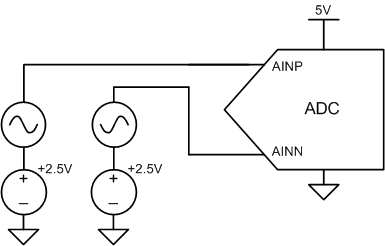Dear All,
I would like to do a common & normal mode rejection test for ADS1248 on RTD board design, with differential input configuration . This will help us to get an feel of testing and measuring the noise rejection value for our PCB with ADS1248 design. I need couple of support from Forum are mention below.
- How common mode rejection can be tested for PCB assembly?
- How normal mode rejection can be tested PCB assembly?
- With respect to what the common mode signal and normal mode signal are applied..?
- What kind of set up is required for above two tests. Can you provide simple setup diagram for above to tests
- How to quantify the noise rejection or the calculation steps for dB calculation.
Thanks And regards,
Dinu...



